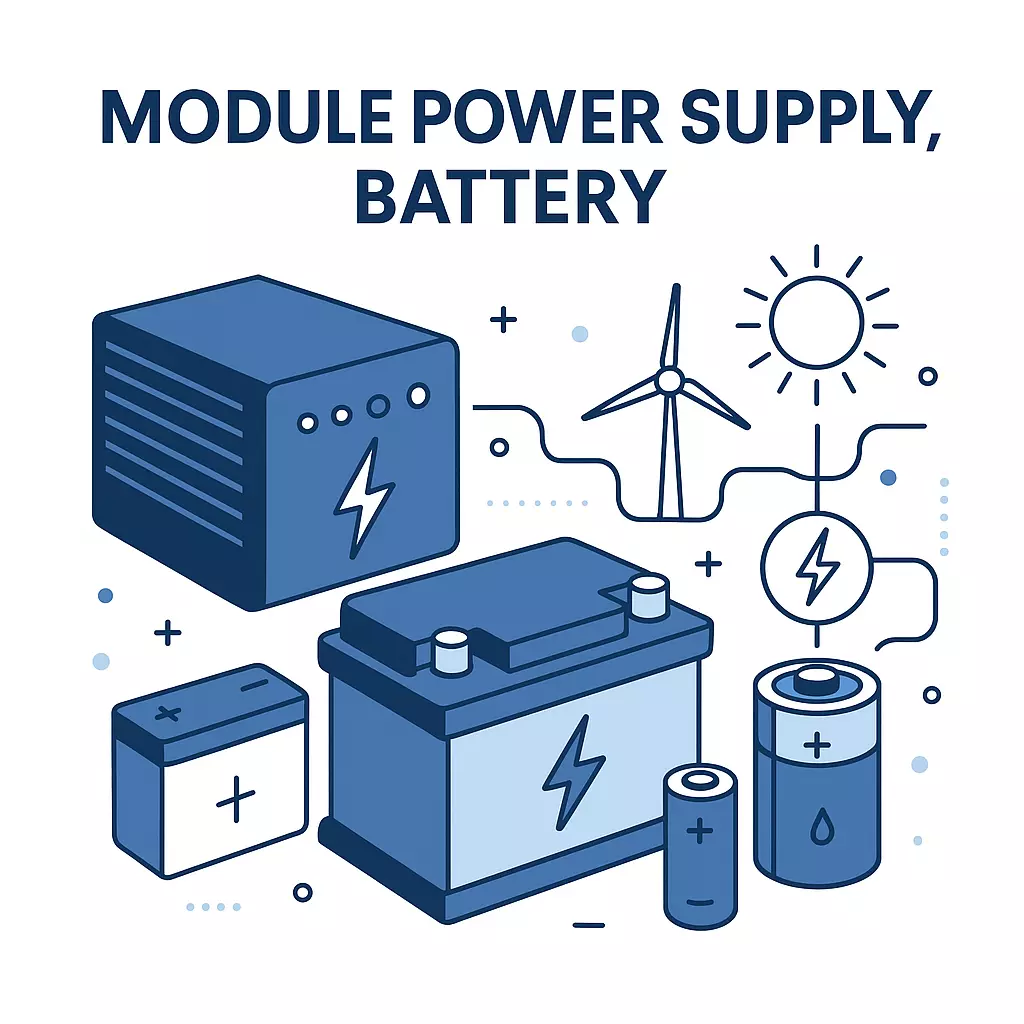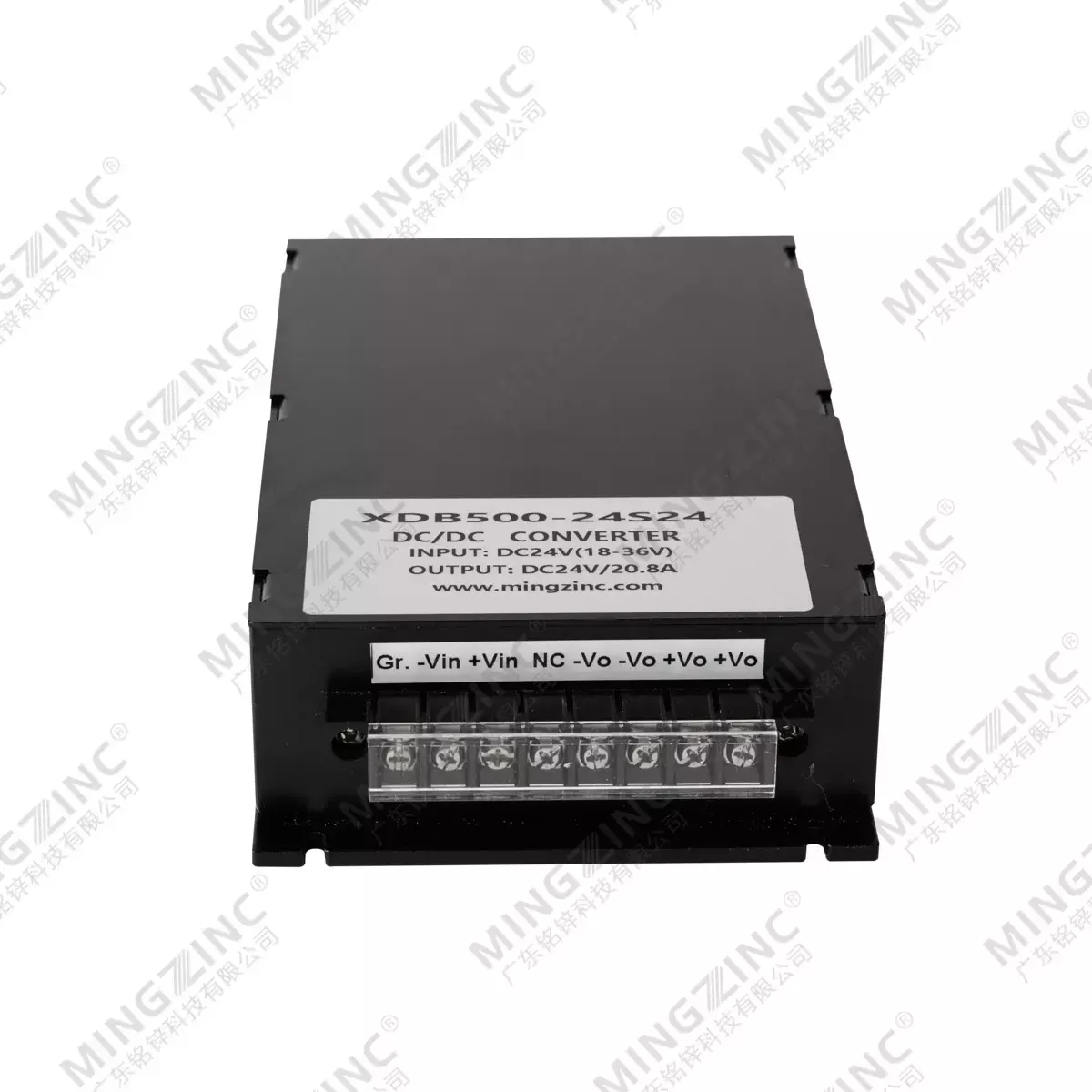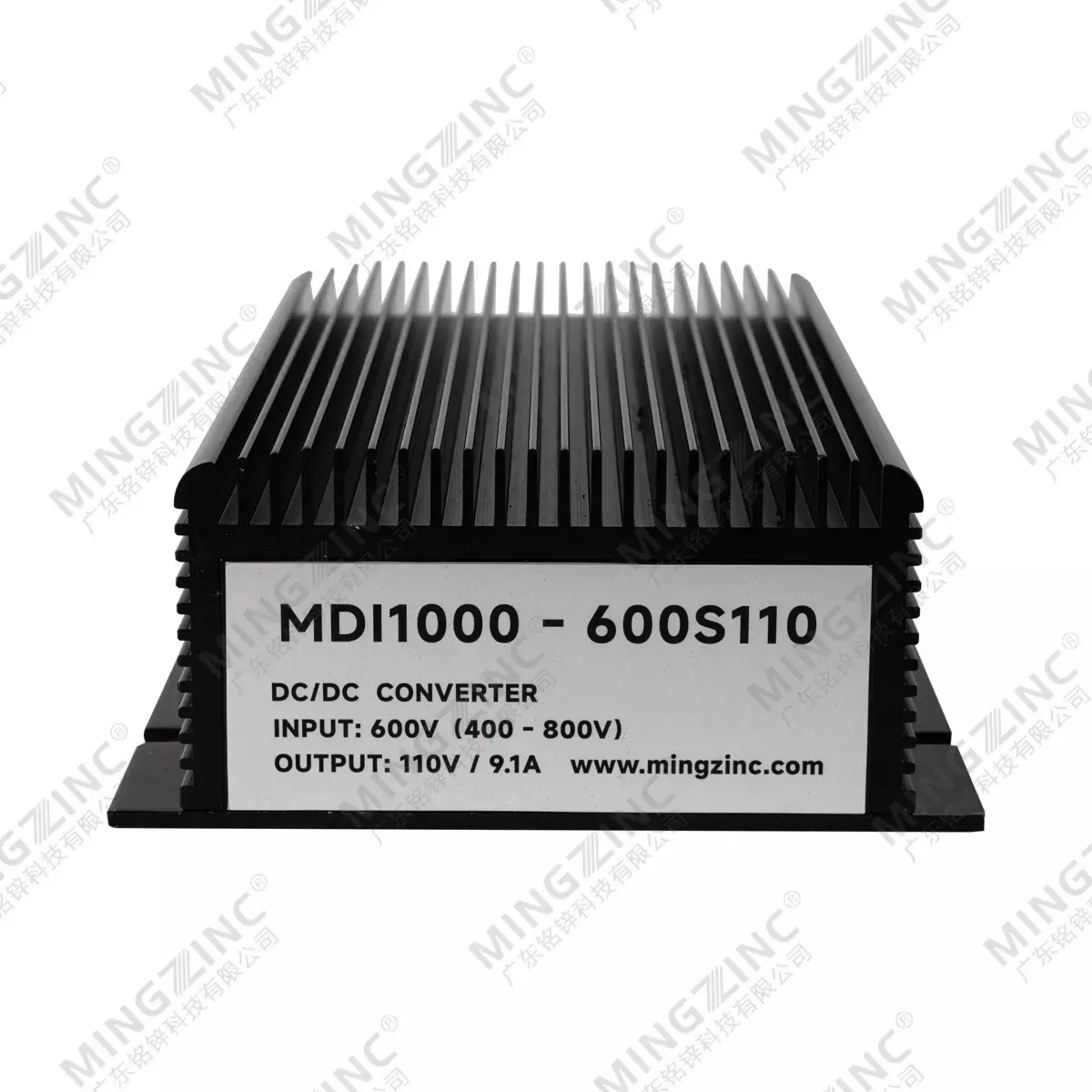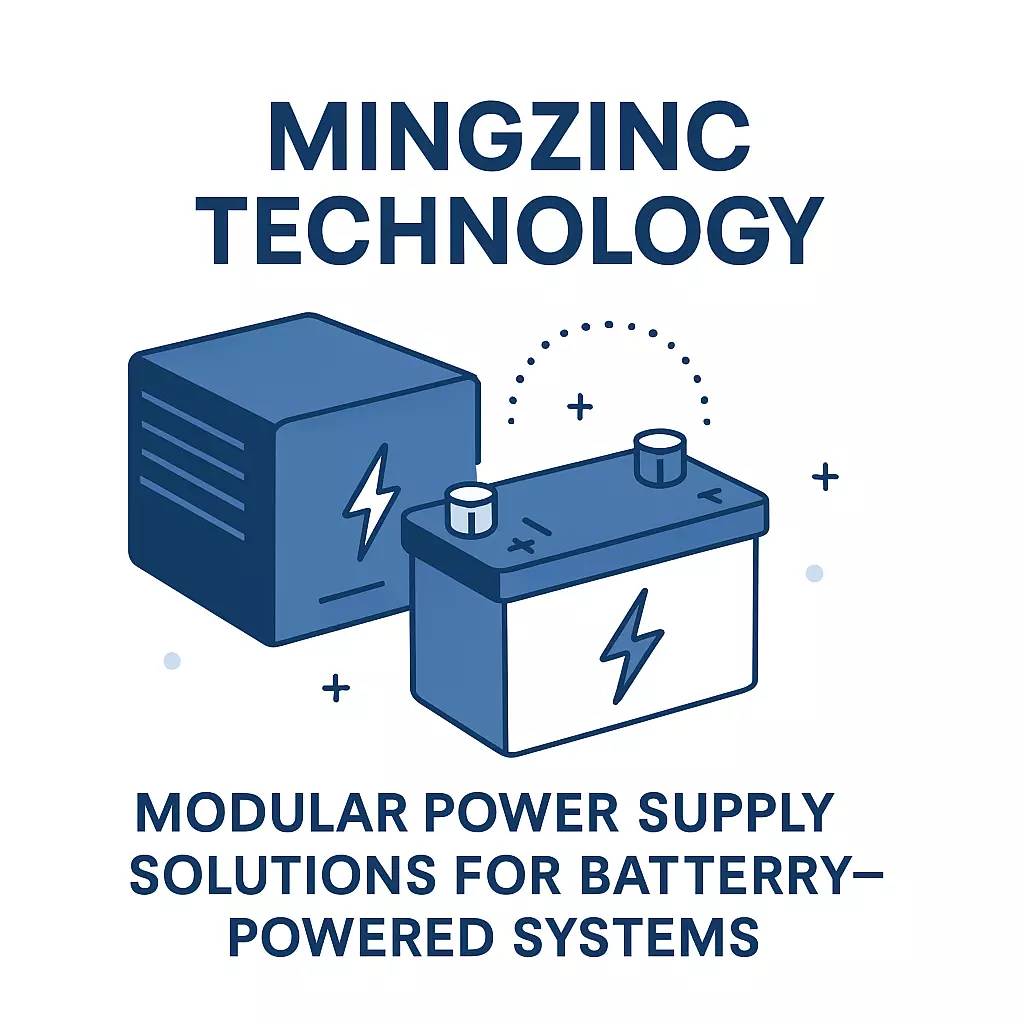The Global Energy Transition: Trends and Technological Drivers
1.1 Environmental Imperatives: How Renewable Energy Is Reshaping Power Infrastructure
Driven by climate change mitigation and global decarbonization goals, renewable energy sources like solar, wind, and hydrogen are replacing traditional fossil-fuel-based systems. This transition is fundamentally altering the energy landscape, shifting centralized grids toward decentralized, distributed energy systems. In this context, battery systems and modular power supplies are critical for managing fluctuating renewable inputs and ensuring reliable energy delivery.
1.2 Market Forecast 2030: Cost Analysis of Solar/Wind/Hydrogen vs. Conventional Sources
By 2030, renewable technologies are projected to outpace fossil fuels not only in sustainability but also in cost-effectiveness. The levelized cost of electricity (LCOE) for solar and wind has already dropped below that of coal and natural gas in many markets. However, intermittent output necessitates high-efficiency battery storage systems, supported by intelligent DC-DC module power supplies to ensure power quality and grid stability.
1.3 Key Challenges: Storage Efficiency and Power Conversion Demands
While battery prices continue to fall, challenges remain. Storage efficiency, charge/discharge rates, and thermal stability must be optimized for different applications. In parallel, power conversion systems must offer low loss, fast response, and high reliability—an area where advanced modular power supplies become indispensable.
Battery Technology: The Core of Energy Storage Systems
2.1 Auto Batteries vs. Stationary Storage: A Comparative Analysis
Modern energy applications use a wide variety of batteries:
-
Lithium-ion batteries (NMC, LFP): High energy density, long cycle life. Dominant in electric vehicles (EVs) and residential storage.
-
Lead-acid batteries (VRLA, flooded): Low cost, reliable, but limited in cycle life and energy density. Common in backup systems.
-
Emerging technologies:
-
Solid-state batteries: Improved safety and energy density.
-
Flow batteries: Scalable energy storage for grid-level deployment.
-
Each chemistry demands a unique module power supply strategy for optimal performance.

2.2 Electrochemical Principles and Performance Metrics
Key metrics vary by application:
-
Energy density (Wh/kg) is critical in EVs and drones.
-
Cycle life determines cost-efficiency in stationary storage.
-
Thermal management is vital; Li-ion batteries require tight temperature control, while lead-acid systems are more tolerant.
Selecting the right battery + power supply combination depends on load profile, duty cycle, and operational environment.
2.3 Battery Selection Matrix for Specific Applications
| Application | Preferred Battery Type | Key Power Supply Needs |
|---|---|---|
| EV Battery Packs | NMC / LFP | High-power DC-DC, thermal monitoring |
| Grid-scale Energy Storage | Flow / LFP | Scalable, isolated converters, redundancy |
| Portable Devices | Li-ion (Cylindrical/Polymer) | Compact, low-noise buck converters |
Modular Power Supply: Bridging Batteries and Loads
3.1 Module Power Supply Failure Mechanisms in Battery Systems
Improper integration can lead to:
-
Voltage ripple, interfering with battery BMS (Battery Management Systems).
-
Inrush currents and transients, causing component failure or triggering protection circuits.
A case study involving a solar storage site showed that an unfiltered DC-DC converter caused premature degradation of the LFP battery due to high ripple currents—emphasizing the need for properly matched power modules.
3.2 Why Advanced DC-DC Conversion Is Critical in Modern Battery Systems
Compared with discrete designs, modular power supplies offer:
-
Higher conversion efficiency (often >94%)
-
Faster transient response
-
Built-in protection mechanisms
-
Global safety compliance (e.g., UL 62368, IEC 62109, EN 55032)
These benefits are essential in automotive, aerospace, and telecom-grade battery systems.
3.3 Technology Matching Guide: Battery Type to Power Module
| Battery Type | Recommended Module Power Supply |
|---|---|
| 48V Li-ion Arrays | High-efficiency isolated DC-DC converters (1500V isolation) |
| Lead-Acid Systems | Wide-input range converters with float-charging profiles |
| Military/Extreme Use | Ruggedized, sealed modules (MIL-STD-810, IP67) |

Integrated System Design: Best Practices
4.1 Topology Choices in Battery Applications
Each topology has pros and cons:
-
Buck converters: For stepping down from higher voltage battery packs.
-
Boost converters: Required when load voltage exceeds battery output.
-
Flyback or forward topologies: Common in isolated designs with compact size needs.
4.2 Real-World Applications
-
Solar + Storage Microgrids: Off-grid systems using MPPT controllers, battery packs, and modular power supplies for load balancing.
-
EV Charging Stations: Integration of AC-DC front ends, battery buffers, and bidirectional DC-DC converters.
4.3 Future-Oriented Design
-
Bidirectional Power Flow: For V2G (Vehicle-to-Grid) applications, power modules must support reversible current paths with zero dead time.
-
AI-driven Predictive Maintenance: Using data from smart power modules and BMS, AI can forecast failures and suggest proactive replacements.

FAQs: Engineer’s Corner
Q1: How does modular power supply efficiency impact auto battery life?
A: Higher efficiency reduces heat generation and ripple current, leading to longer battery cycle life and improved overall system stability.
Q2: Can a single power module support multiple battery chemistries?
A: Some advanced DC-DC modules offer programmable output curves and adaptive charging logic, enabling compatibility with Li-ion, lead-acid, and emerging chemistries.
Q3: What certification is required for marine battery systems?
A: Marine applications typically require compliance with IEC 60945, DNV-GL, or ABS standards. Power modules must also be salt-mist resistant and vibration-proof.
Recommended article: Empowering the Future: Modular Power Supply Solutions for Advanced Battery Applications
About Mingzinc Technology
Guangdong Mingzinc Technology Co., Ltd is a leading manufacturer specializing in high-performance modular power supply solutions. With over a decade of experience in the power electronics industry, we serve a wide range of sectors—from automotive and renewable energy to telecom infrastructure and industrial automation.
Our modular DC-DC and AC-DC converters are engineered for efficiency, reliability, and compliance, supporting critical systems like EV battery packs, grid-scale storage, and smart charging stations. Each product is developed under strict quality control and certified to international standards such as UL, IEC, and CE.
We also offer customized power modules tailored to your voltage, current, thermal, and environmental requirements—enabling seamless integration into your battery-powered systems.
Let us help you power the future—safely, efficiently, and intelligently.
Follow our Facebook page: Ming zinc - module power





